This will be the future of military vertical lift aviation that will enable war fighters to accomplish missions not possible today.
Above: U.S. Army graphic by AMRDEC VizLab
The Army, supported by NASA and the Navy, is combining its areas of technical ability to carry out the aggressive scientific and engineering goals necessary to develop a new fleet of joint aircraft, said Ned Chase, deputy program director of science and technology, or S&T, for the Joint Multi-Role Technology Demonstrator/Future Vertical Lift, also known as JMR TD.
Sikorsky – Boeing offering for the U.S. Army’s joint multi-role technology demonstrator called the SB-1 Defiant.
JMR TD has been established to address several of the ability gaps that cannot be satisfied by updating the current fleet.
Industry proposals include the ability to carry a payload of 12 troops and four crew, hover out of ground effect at an ambient condition of 6,000 feet and 95 degrees Fahrenheit, and self-deploy 2,100 nautical miles at a speed of at least 230 knots.
Bell Helicopter’s V-280 Valor looks like a slimmed-down version of the tilt-rotor V-22 Osprey, with a speed goal of 320 mph and a proposed troop capacity will be about half that of the V-22.
Ned Chase, deputy program director of science and technology, or S&T, for the Joint Multi-Role Technology Demonstrator/Future Vertical Lift, also known as JMR TD, said:
“Let’s figure out what we want this new aircraft to do, and let’s go out and prove that we have the technologies available to meet those requirements. That’s what we’re doing with JMR TD. The one thing that we’ve not done in quite a long time was demonstrate that we can build an aircraft from scratch that incorporates the individual technologies that we’ve been working on the past 25 years. We have the capacity across AMRDEC to populate the aircraft with the right components–engines, rotors, structures, flight controls.
We want to put together a roadmap to develop the radios, weapons, sensors and survivability equipment by drawing from RDECOM in preparation for FVL. We take their products and integrate them onto the platform itself. FVL is going to reflect the aggregate of RDECOM investment.”
Charles Catterall, AMRDEC lead systems engineer, has worked to develop an S&T integrated product team to build an investment strategy across RDECOM, said:
“We are engaging our sister organizations within RDECOM. What can the command do to support this program? What resources can be brought to bear to facilitate and support this Future Vertical Lift initiative with technologies? Given a clean sheet, could you bring additional capabilities to bear? We’re looking across the command.”
via popsci
source army.mil

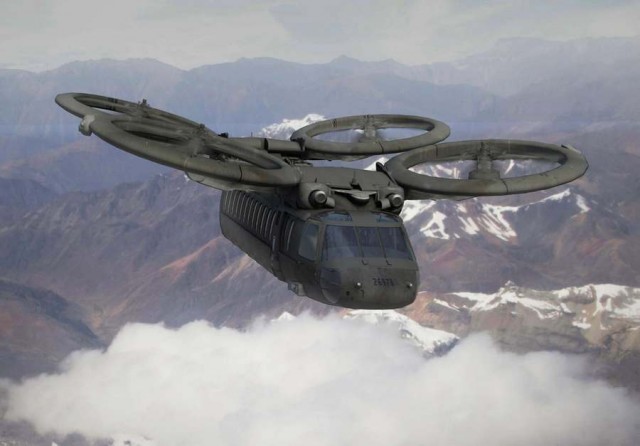
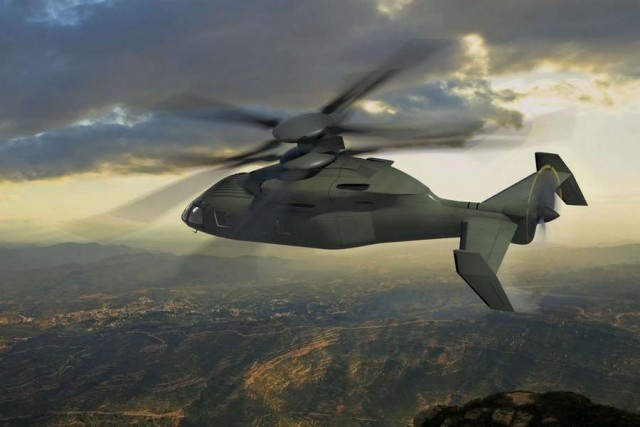
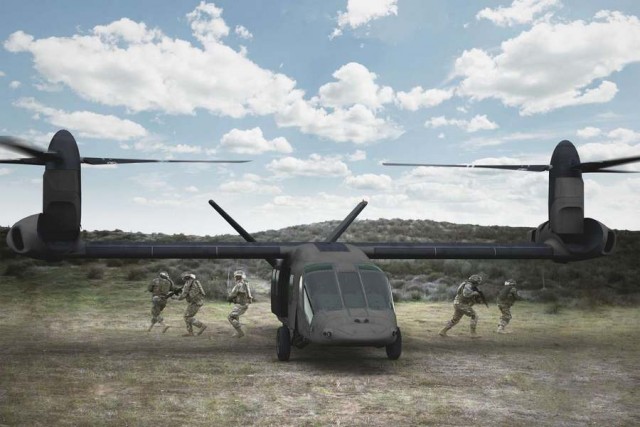
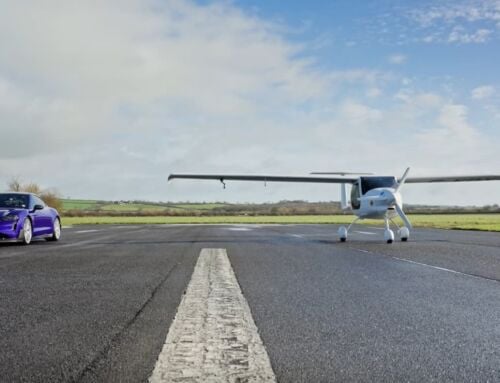

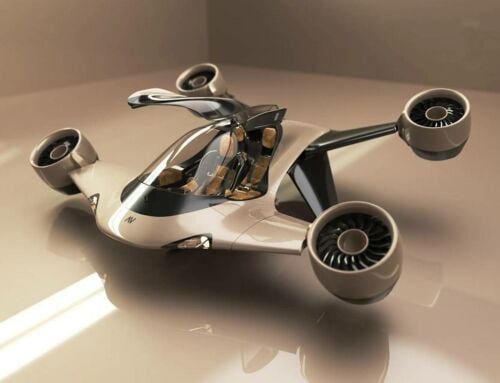
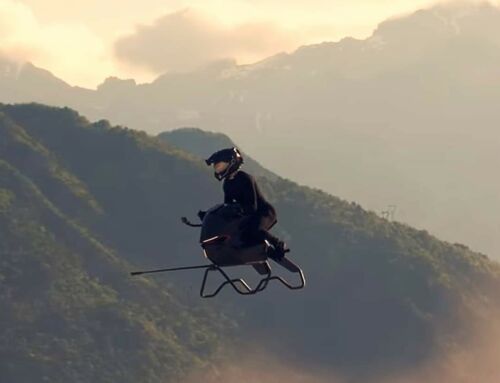
Leave A Comment